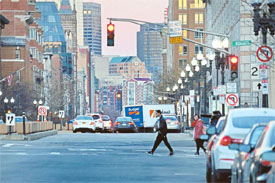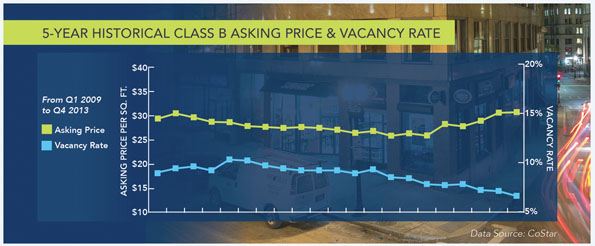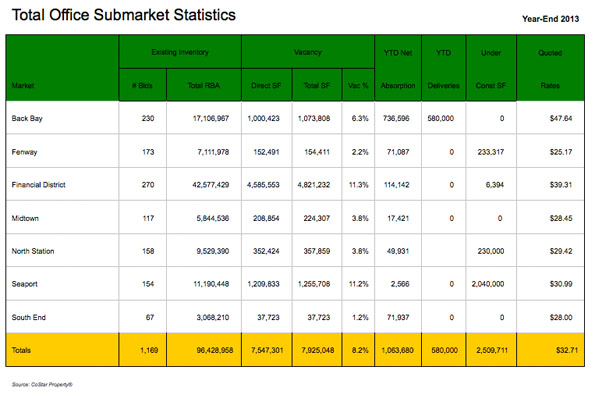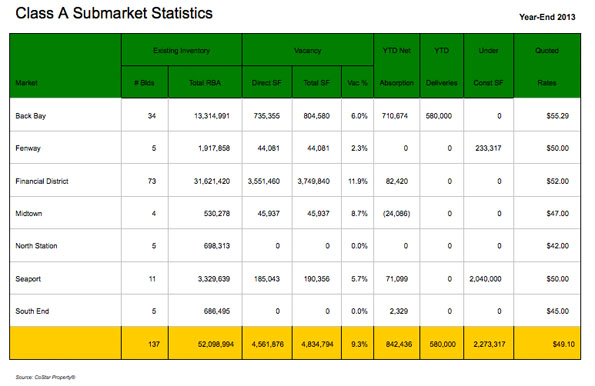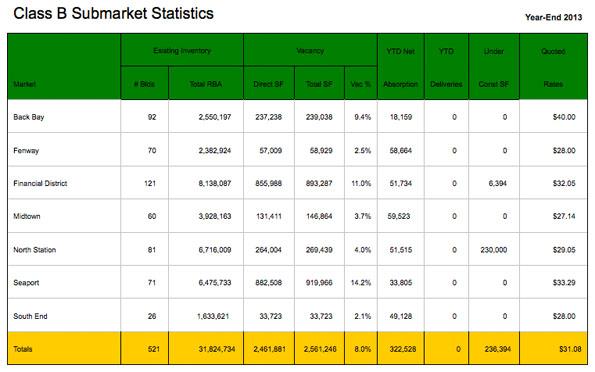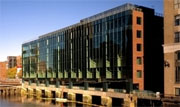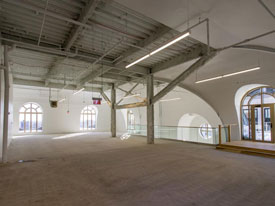
Credit: BBJ
Rood Deck, parking and a newly renovated lobby can all be found at 116 Huntington Avenue in Boston’s Back Bay. The 275,000-square-foot, 14-story building is situated directly across the street from 101 and 111 Huntington Avenue at the intersection of Ring Road and Huntington Avenue.
From Bizjournals:
“We were drawn to its location in Boston’s most vibrant neighborhood and to the opportunity to reimagine it as a best-in-class office destination,” said Adam Popper, Columbia’s senior vice president for the Eastern region, in a statement. “We believe the penthouse space, with its wrap-around terraces, high ceilings, modern amenities and incredible views, will soon be recognized as one of Boston’s premier corporate environments, and we’re already seeing significant interest from prospects as we seek to fill the building’s remaining availability.”
Shawmut Design and Construction, the third-largest general contractor in Massachusetts, completed the $10 million renovation, which was designed by Dyer Brown. Work included upgrades to the building’s lobby, installing a glass facade and bronze panels along the building’s exterior, and adding close to 1,500 square feet of private outdoor terrace space for a future tenant for the 25,366-square-foot penthouse space.


